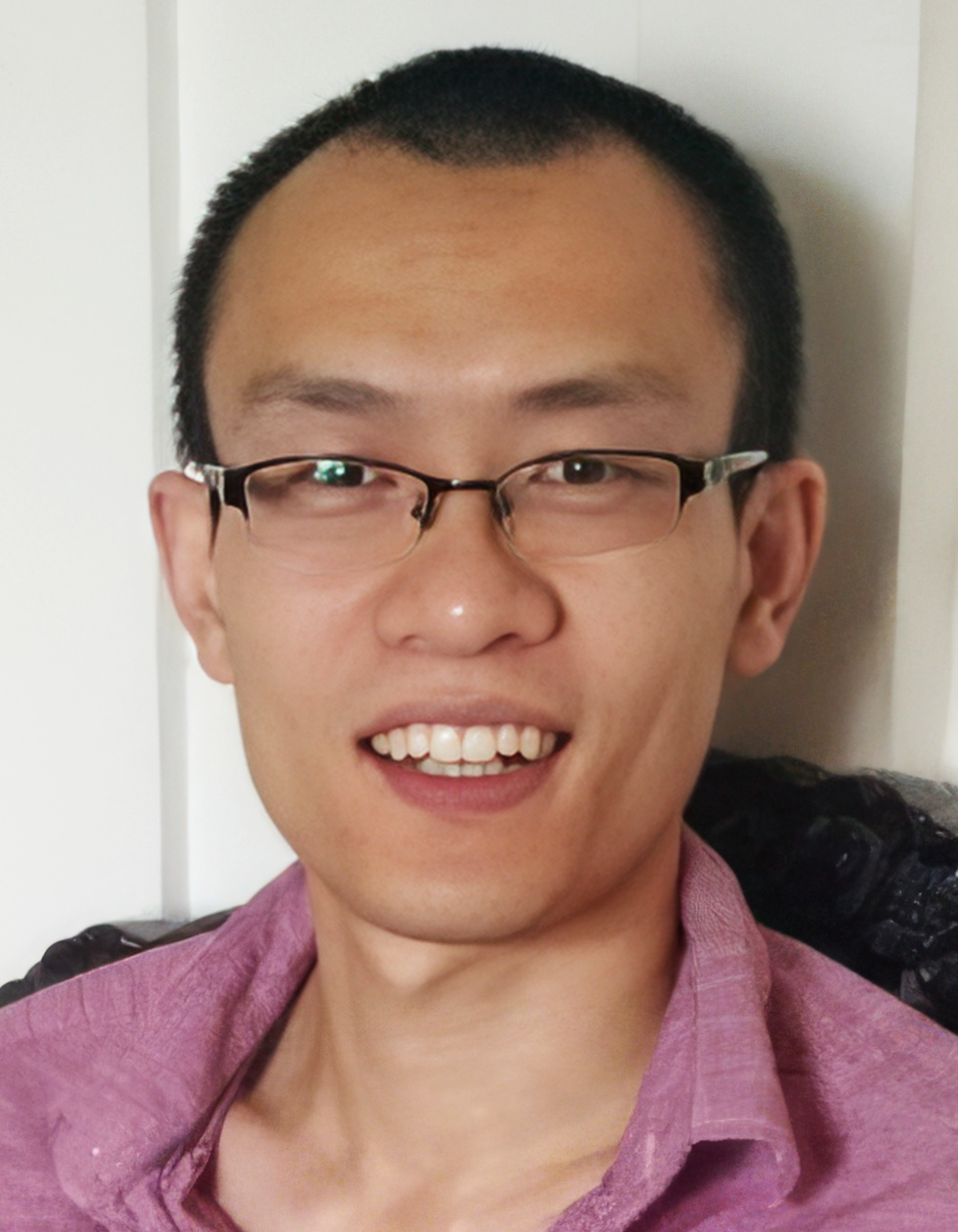Yuan Ding

个人简介:
Yuan Ding (Member, IEEE) received the bachelor’s degree in electronic engineering from Beihang University, Beijing, China, in 2004, the master’s degree in electronic engineering from Tsinghua University, Beijing, in 2007, and the Ph.D. degree in electronic engineering from the Queen’s University of Belfast, Belfast, U.K., in 2014. He was a Radio Frequency (RF) Engineer with the Motorola Research and Development Centre, Beijing, from 2007 to 2009, before joining Freescale Semiconductor, Inc., Beijing, as an RF Field Application Engineer, responsible for high-power base-station amplifier design from 2009 to 2011. He is currently an Associate Professor with the Microwave and Antenna Engineering Group (https://microwaves.site.hw.ac.uk) in Heriot-Watt University, UK. It is the largest of its kind in Scotland and one of the largest in UK, dedicated to physical-layer advanced Radio Frequency (RF) designs for emerging wireless communication systems. His research interests are in antenna arrays, physical layer security, and 5G-related areas. Dr. Ding was a recipient of the IET Best Student Paper Award at the Loughborough Antennas and Propagation Conference (LAPC) 2013 and the Young Scientists Awards in the General Assembly and Scientific Symposium, 2014 XXXIst International Union of Radio Science (URSI).
Investigation on Nonlinear Interaction Between Power Amplifiers and Antenna Array for Future Wireless Communication Links
We analyze the performance of non-isolated highly integrated active arrays in a multiple-input multiple-output (MIMO) system. When ferromagnetic-type of isolators are removed in the transmitter (Tx) chains, the antenna mutual coupling will dynamically change the load impedance seen by the power amplifiers (PAs) at their outputs, which subsequently alter their gains/transfer coefficients and eventually introduce interference into the end-to-end link. To study the performance drop caused by PA and antenna array non-linear interaction, we first mathematically derive the PA dynamic load variation. When considering the PA shut-down mechanism aiming to protect PAs from extreme load mismatch, the closed-form formulation for signal to interference and noise ratio (SINR) is then presented. By comparing with the conventional isolated systems, the link throughput simulations demonstrate the impact of array coupling and PA loadpulling effect on end-to-end link performance.
